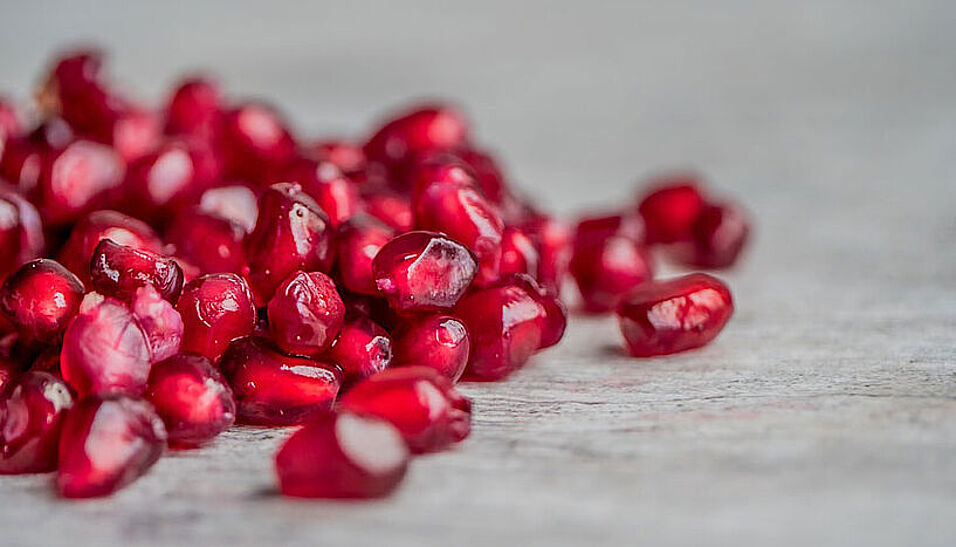"Macrophages take on very different functions, they kill pathogens, 'eat' - phagocytize - dead cells, and can promote inflammatory processes, but also inhibit them", explains Elke Heiß from the Department of Pharmacognosy, who is currently leading the FWF project "'Metabolic Immunomodulation' through Natural Products": "And not only that, macrophages can also communicate with the adaptive immune system through antigen presentation"
Broad spectrum of tasks
With such a broad spectrum of tasks, the obvious question is, of course, how does a single cell type manage to combine so many functions? "Macrophages can polarise into different phenotypes, each of which then carries out specific functions," says Heiß.
Two extreme polarization types are the M1 and M2 macrophages. "The two are like 'good cop, bad cop' - and could not be more different in their functions," summarises the biochemist. Among other things, M1 macrophages kill pathogens, initiate inflammation, and help fight tumours with our own immunological weapons. M2, on the other hand, have an anti-inflammatory effect: they terminate inflammation, promote wound healing and enable the tumour to escape the immune defence.
Cooperation with Vienna Metabolomics Center and Med Uni Vienna
In her FWF project, Heiß and her team are working closely with the Vienna Metabolomics Center and its director Wolfram Weckwerth, as well as with Thomas Weichhart, a renowned expert in the field of macrophage metabolism from Med Uni Vienna. [more]

